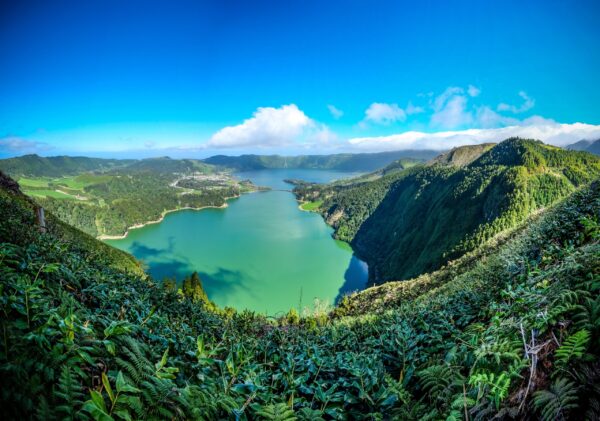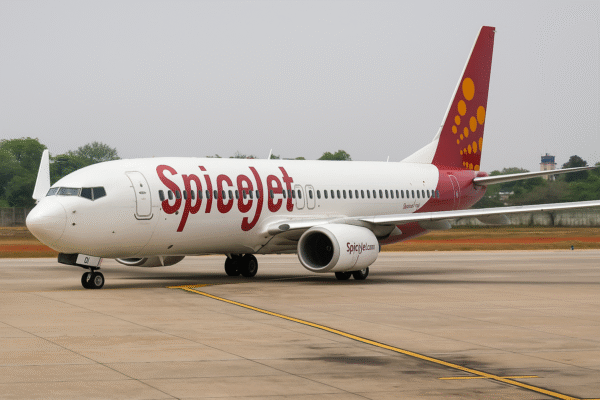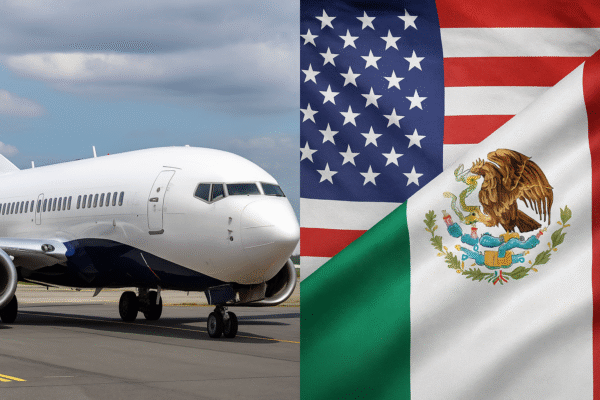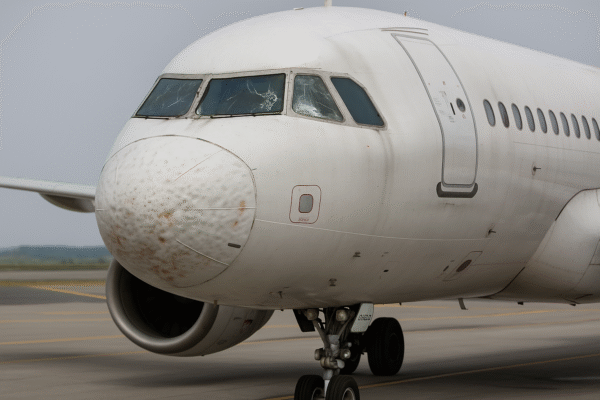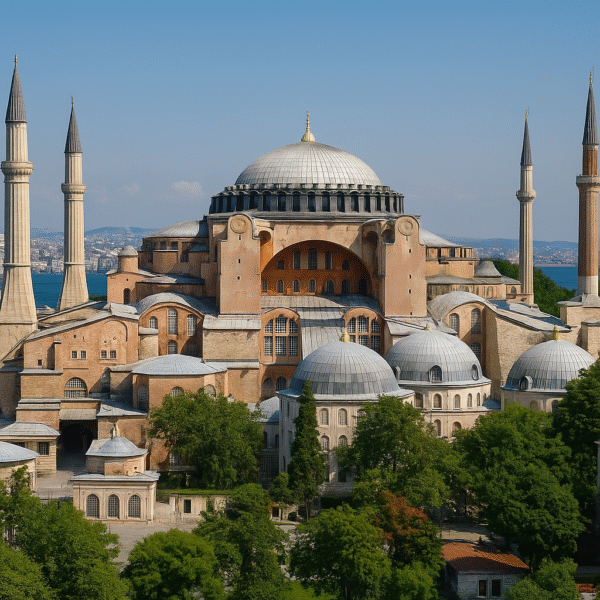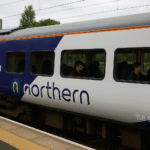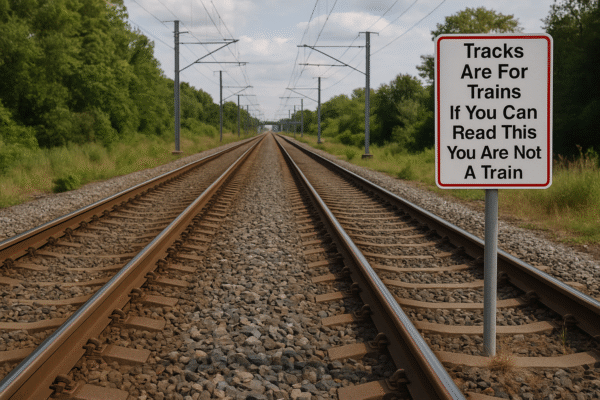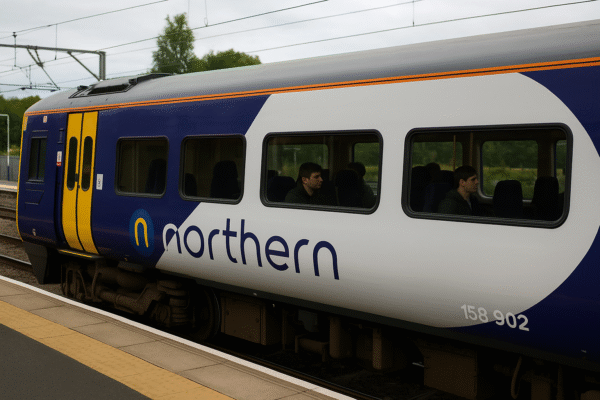Saudi Arabia is on track to revolutionize its tourism and urban mobility sectors with the upcoming AlUla Light Rail, a groundbreaking 22.4-kilometer electric tram system that will connect visitors and residents to AlUla’s famed heritage sites, including Hegra, Saudi Arabia’s first UNESCO World Heritage site. As part of the Kingdom’s Vision 2030 and its commitment to building a diversified, sustainable economy, the project aims to enhance eco-conscious travel experiences while supporting local livelihoods and urban development.
A Sustainable Transport Vision for AlUla
The AlUla Light Rail is a catenary-free, electric tram system designed to minimize environmental impact while offering efficient and scenic transportation. With 20 stations planned along its route, the tram will connect the region’s cultural, archaeological, and natural attractions — such as AlUla Old Town, the Dadan and Ikmah mountain areas, and the volcanic Harrat landscapes — helping visitors explore more without the need for private cars.
This transport upgrade comes as part of the Royal Commission for AlUla’s masterplan, which envisions transforming the city into a “living museum” where modern infrastructure coexists with ancient heritage. The tram project was recently spotlighted during a high-level delegation visit, underscoring its strategic importance for both tourism and local community mobility.
Boosting Access to UNESCO Sites and Beyond
AlUla has witnessed a tourism boom in recent years, becoming a focal point of Saudi Arabia’s efforts to position itself as a premium destination for heritage and cultural tourism. According to the Royal Commission, the tram will provide seamless access to top landmarks and reduce congestion at high-traffic sites. By linking these attractions, the project also opens up new integrated tour packages and immersive itineraries for international travelers.
The UNESCO-listed site of Hegra, formerly known as Mada’in Salih, is just one of the key attractions set to benefit. Tourists will be able to travel between monumental tombs, ancient settlements, and lush oases without the hassle of driving or parking in remote desert environments. The improved access will also encourage longer stays and deeper engagement with AlUla’s stories, which span over 200,000 years of human history.
Community Benefits and Everyday Commuting
The tram will also significantly enhance daily mobility for AlUla’s growing population, which now exceeds 40,000 residents. Commuters will benefit from affordable, reliable, and environmentally friendly transportation to schools, workplaces, and essential services. This is particularly critical in a region where private vehicle dependency has strained infrastructure and led to increased carbon emissions.
By reducing road congestion and promoting social inclusion, the tram system will help create a more connected and equitable city. It is expected to serve a wide demographic — including youth, women, and those without private vehicles — thus broadening access to economic and cultural opportunities across AlUla.
A Model for Sustainable Tourism in the Middle East
The AlUla Light Rail embodies Saudi Arabia’s broader ambitions to become a global leader in sustainable tourism and green mobility. As outlined in Vision 2030, the Kingdom aims to attract 100 million tourists annually by 2030, while ensuring that development projects preserve natural ecosystems and cultural legacies.
The electric tram’s zero-emission design and integration with eco-friendly tourism policies align with international sustainability standards. It also responds to a global shift in traveler preferences, with more tourists seeking low-impact, authentic experiences in emerging destinations.
In collaboration with global partners, the Royal Commission has been implementing strict sustainability benchmarks for infrastructure projects, including the use of renewable energy sources, reduced water consumption, and heritage-sensitive construction practices.
Regional and National Connectivity Potential
The AlUla Light Rail will eventually form a key part of a larger integrated transport network that could connect the city with other major hubs in Saudi Arabia such as Medina, NEOM, and Makkah. By linking AlUla to the national railway system and nearby airports, the tram sets the groundwork for multi-modal mobility solutions that support regional tourism and trade.
According to official government sources, including the Ministry of Transport and Logistic Services, future transport corridors will further integrate rail and road systems to unlock new economic zones and enhance visitor flows across the Kingdom.
Infrastructure Investment and Economic Impact
The tram project is just one piece of a multibillion-riyal investment package aimed at elevating AlUla’s global profile. Other initiatives include luxury resorts, immersive museums, and open-air cultural events like the Winter at Tantora festival. Combined, these developments are projected to create 38,000 new jobs and contribute SAR 120 billion to the national GDP by 2035, as per Royal Commission estimates.
By developing modern infrastructure around its heritage core, Saudi Arabia is setting a powerful example of how tourism can drive economic diversification while remaining rooted in local identity and environmental stewardship.
Conclusion: Pioneering a New Era for AlUla Tourism
The AlUla Light Rail is not just a transit solution — it’s a transformative step toward making AlUla one of the world’s most accessible and sustainable cultural destinations. Whether bringing visitors to archaeological marvels or offering residents a cleaner daily commute, the tramway encapsulates the Kingdom’s strategic blend of innovation and preservation.
As the world looks to Saudi Arabia’s evolving tourism landscape, the AlUla Light Rail stands as a symbol of progressive mobility, heritage respect, and eco-friendly tourism — a model the rest of the Middle East and beyond may soon follow.
For more travel news like this, keep reading Global Travel Wire




